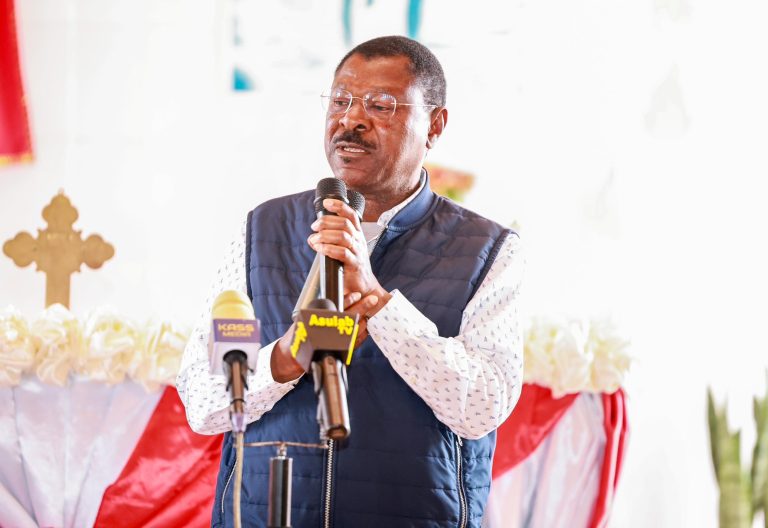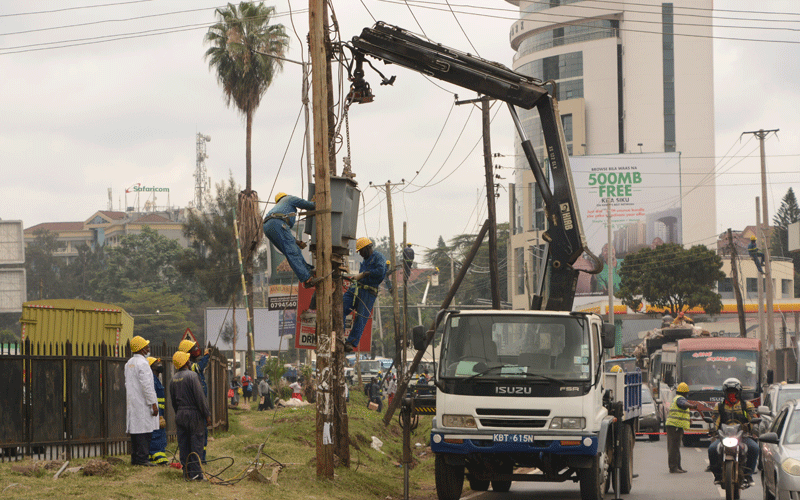Kenya leads world in new connections to power grid
By John Otini, July 12, 2021Kenya’s ambitious Last Mile connectivity has seen it ranked among the top countries globally in terms of reduced number of homes without electricity.
However, a new study says this has come with heavy consequences for the utility firm, Kenya Power, as most customers cannot pay.
The report by the International Energy Agency dubbed The Energy Progress Report for 2021 confirms that Kenya’s speed of rural electrification is far ahead of its population growth.
It says the country’s annualised increase in electricity access between 2010 and 2019 was at 5.6 per cent – the largest among the top 20 nations in the world with huge electricity access gap.
“The global access rate over the entire period was driven chiefly by a group of countries that made startling progress.
Kenya and Mali, for instance, each scored annual growth of more than 6 percentage points, with electrification outpacing population growth from 2017 to 2019,” the report notes.
National disasters
Kenya boasts more than 70 per cent access to electricity to provide cushion to the economy, especially during national disasters like pandemic which need running electricity for treatment.
The report, however, says the country is yet to start drawing maximum socio-economic benefits from the increased electrification.
Kenya Power’s rural customers, it adds, are spending a paltry Sh3.34 daily on electricity hurting the utility due to expensive transmission losses that are not compensated by paying users.
Kenya borrowed heavily from the World Bank to extend the reach of the national grid as the Jubilee administration sought to build infrastructure for the economy to grow but that investment is yet to translate into higher economic activities.
According to the report, the improving electricity access should be complemented by promoting productive uses of the power.
“To date, Kenya’s electrification programmes, like most, have encouraged supply while overlooking the need to stimulate demand, especially demand for productive uses of electricity,” it adds.
The average monthly electricity power bills for these poor rural households is just a paltry Sh100 a month, or Sh3.34 a day according to Kenya Power.
Homes that use six-kilowatt hours (kWh) of electricity or less every month indicate that a majority of them use electricity for charging phones and controlled lighting.
They are likely not to plugged gadgets like fridges, TV, cookers, microwaves and electric heaters, key drivers of power use in homes.
The rural population would have benefitted better with the deployment of solar panels but instead the government gave them an overkill showing insufficient planning on the side of the government.
Kenya Power said rural consumers were unable to support its revenues forcing the utility to rely on urban sales and industrial bills.
Kenya has expanded electricity penetration across the country, particularly in rural areas, over the past decade under the Last Mile Connectivity Project.
This scheme connected homes living close to Kenya Power transformers at a subsidised cost of Sh15,000.
Economic value
The project, which is funded by donors such as the African Development Bank, also brought transformers and power lines to zones that had little economic value for Kenya Power to commit billions of shillings for grid development.
More Articles

